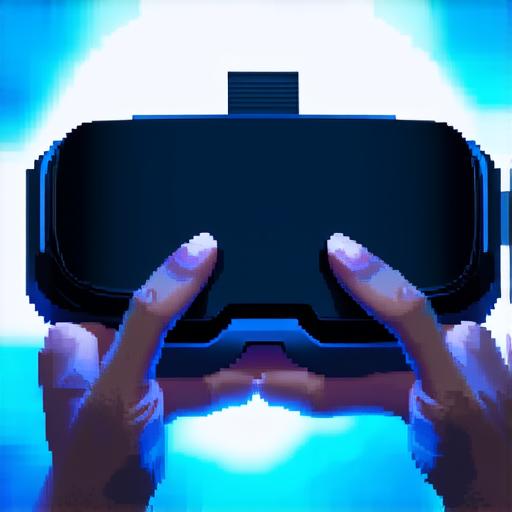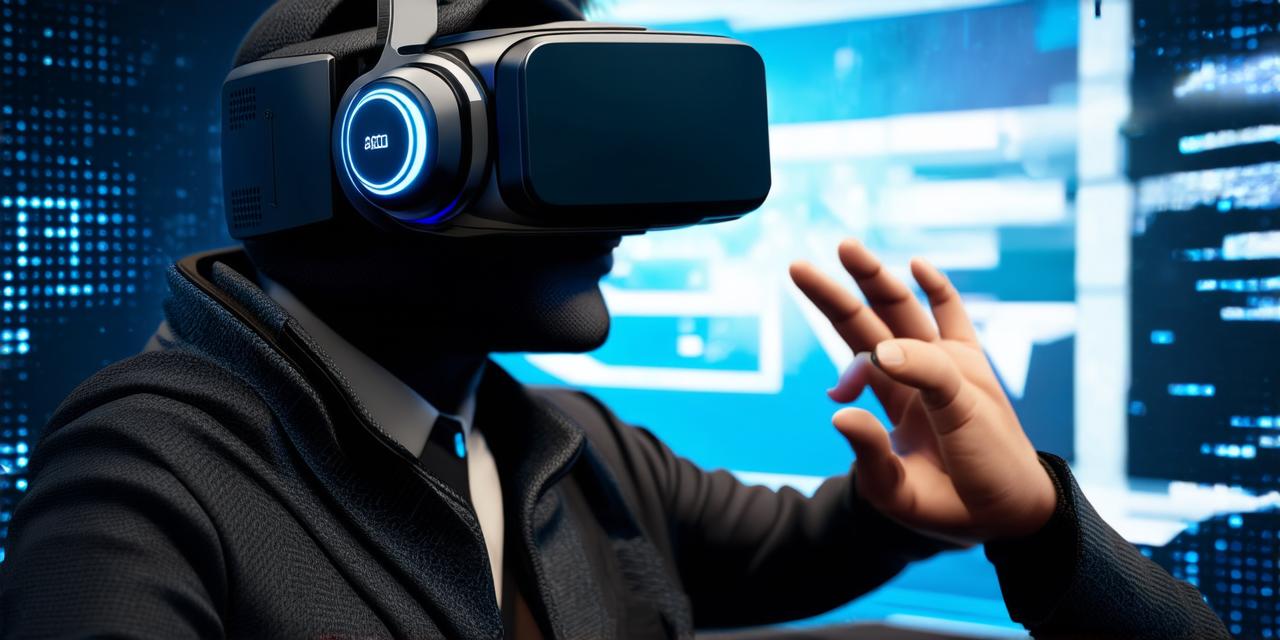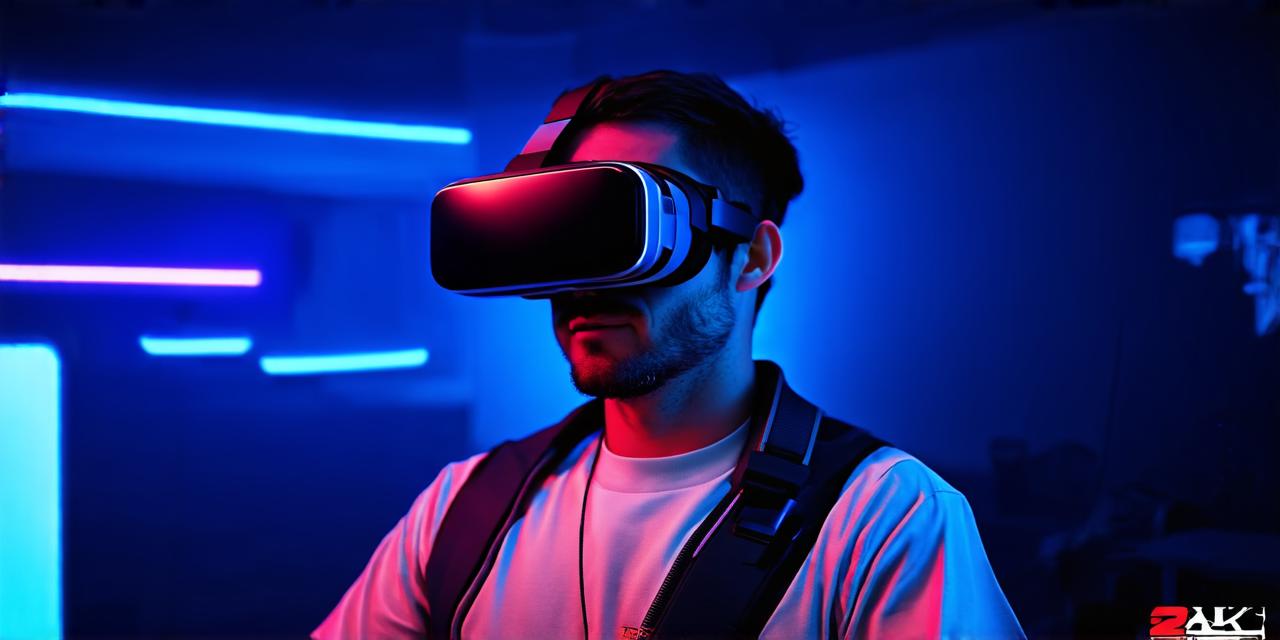
Virtual reality (VR) is a computer-generated simulation of a three-dimensional environment that can be interacted with and explored by a person using a specialized headset or other sensory devices. In simple terms, VR allows you to experience a world that isn’t really there, as if you were actually present in it.
There are several key components that make VR possible. The first is the headset, which typically consists of a pair of lenses mounted on a frame that fits over your head. These lenses create a stereoscopic display, meaning that they show slightly different perspectives from each eye, creating an illusion of depth and 3D.
In addition to the headset, VR systems also require sensors such as gyroscopes and accelerometers to track the movement of your head and body. This information is used to adjust the image displayed in the headset, allowing you to look around and interact with the virtual environment.
Other sensory devices, such as gloves or hand controllers equipped with sensors, can also be used to track the position and movement of your hands, allowing you to interact with objects within the virtual world.
One of the key advantages of VR is its ability to provide a highly immersive experience. By wearing the headset and using other sensory devices, you can feel as if you are truly present in the virtual environment, allowing you to explore and interact with it in ways that might not be possible in real life.
Virtual reality has a wide range of potential applications, from gaming and entertainment to education and training. For example, medical students can use VR simulations to practice surgical procedures, while pilots can use VR simulations to train for flight.
Overall, virtual reality is a fascinating and rapidly-evolving technology that offers a unique way to experience and interact with the world around us.



